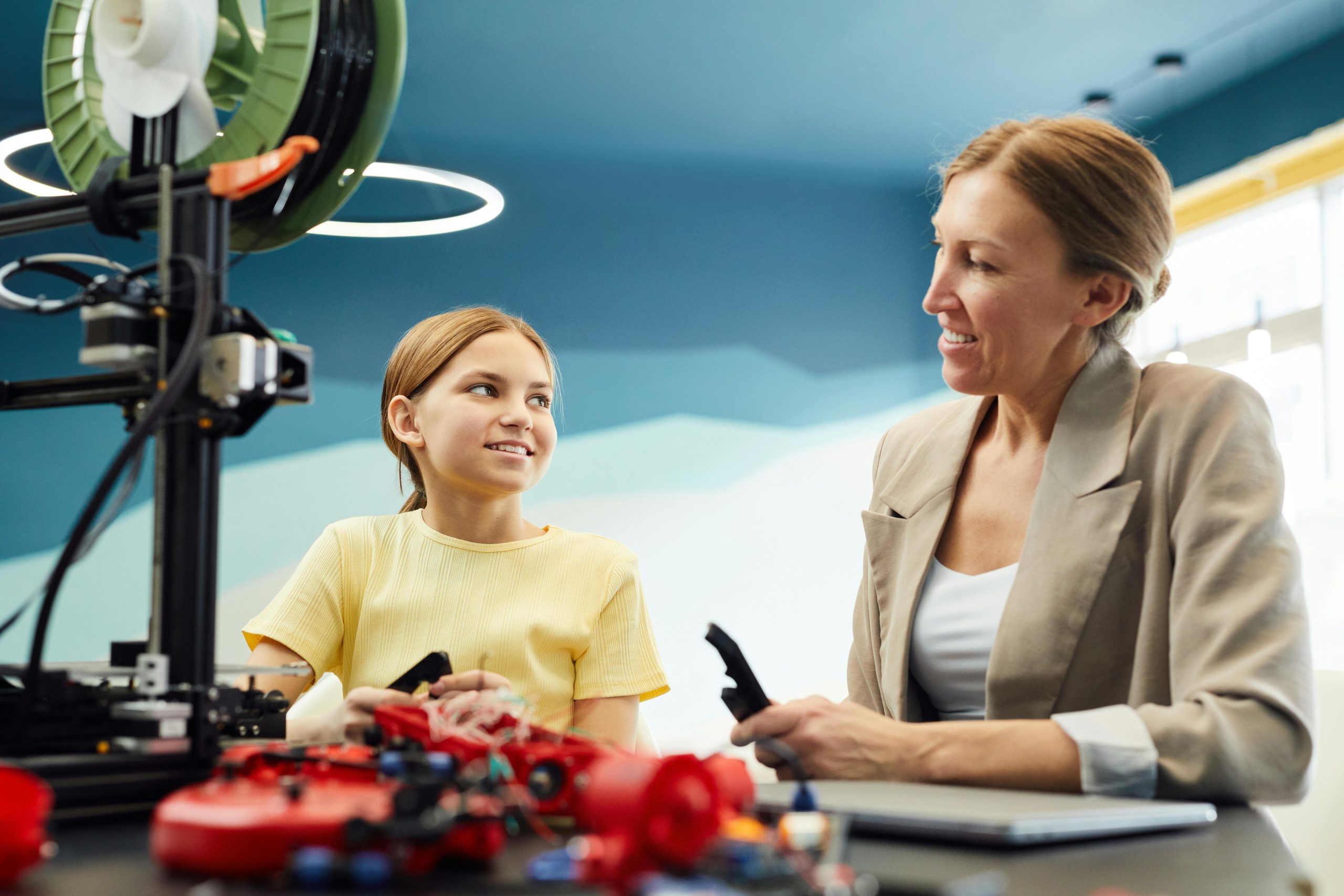3D printing is an exciting technology that sparks creativity and innovation, making it a fantastic learning tool for kids. However, introducing 3D printing to children requires careful planning to ensure safety while keeping the experience fun and engaging. Whether you’re a parent, teacher, or hobbyist, this guide will help you bring the world of 3D printing into your home in a way that’s both educational and safe for young minds.
Why 3D Printing is Great for Kids
3D printing offers a hands-on way for kids to explore STEM (Science, Technology, Engineering, and Math) concepts while nurturing their creativity. Here’s why it’s a fantastic activity for children:
- Encourages problem-solving: Kids learn to design, troubleshoot, and iterate their creations.
- Boosts creativity: They can bring their imagination to life by printing toys, models, or even functional objects.
- Teaches patience and precision: 3D printing involves waiting for prints to complete and understanding how small adjustments affect the outcome.
- Prepares them for the future: Familiarity with 3D printing can open doors to careers in engineering, design, and technology.
Choosing the Right 3D Printer for Kids
Not all 3D printers are suitable for children, so selecting the right one is crucial. Here’s what to look for:
- Safety features: Enclosed printers prevent accidental burns, and auto-shutoff functions reduce risks.
- Ease of use: Look for printers with simple interfaces, pre-loaded designs, and minimal assembly required.
- Durability: Kids can be rough, so a sturdy printer is a must.
- Affordability: Entry-level models like the XYZprinting da Vinci Jr. or FlashForge Finder are great starter options.
Always supervise younger children and teach them about the printer’s hot components to avoid accidents.
Safe and Fun 3D Printing Projects for Kids
Start with simple, engaging projects to keep kids excited while ensuring safety. Here are some beginner-friendly ideas:
1. Custom Keychains
Kids can design their own keychains with names, shapes, or favorite characters. This project teaches basic design skills and offers a quick, satisfying print.
2. Mini Figurines
Printing small toys or characters lets kids see their creations come to life. Use pre-made designs from platforms like Thingiverse or Tinkercad to simplify the process.
3. Puzzle Pieces
Designing and printing interlocking puzzle pieces introduces spatial reasoning and problem-solving in a playful way.
4. Planters or Desk Organizers
Functional prints like small planters or pencil holders teach kids how 3D printing can solve real-world problems.
Always ensure prints are age-appropriate and avoid small parts for younger children to prevent choking hazards.
Teaching Kids About 3D Printing Safety
Safety should always come first when introducing kids to 3D printing. Here’s how to make it a priority:
- Supervise at all times: Never leave kids unattended with a running printer, especially near hot components.
- Explain the risks: Teach them about the heated nozzle, moving parts, and proper handling of printed objects.
- Use kid-friendly materials: PLA filament is non-toxic and biodegradable, making it safer than ABS, which emits fumes.
- Keep the workspace clean: Ensure the printing area is well-ventilated and free of clutter to prevent accidents.
By setting clear safety rules, kids can enjoy 3D printing while minimizing risks.
Making 3D Printing Educational
Turn 3D printing into a learning experience with these engaging activities:
- Math in action: Have kids measure and scale their designs to understand dimensions and proportions.
- Science experiments: Print simple machines or gears to demonstrate physics concepts like motion and force.
- History and art: Replicate historical artifacts or famous sculptures to blend creativity with cultural education.
- Coding basics: Introduce block-based design tools like Tinkercad to teach simple coding logic.
Connecting 3D printing to school subjects makes learning interactive and memorable.
Introducing 3D printing to kids at home can be a rewarding experience that combines fun, creativity, and education. By choosing the right printer, starting with simple projects, prioritizing safety, and tying activities to learning, you’ll help children develop valuable skills while sparking their curiosity. With supervision and the right approach, 3D printing can become a beloved hobby—or even the first step toward a future career in technology!
